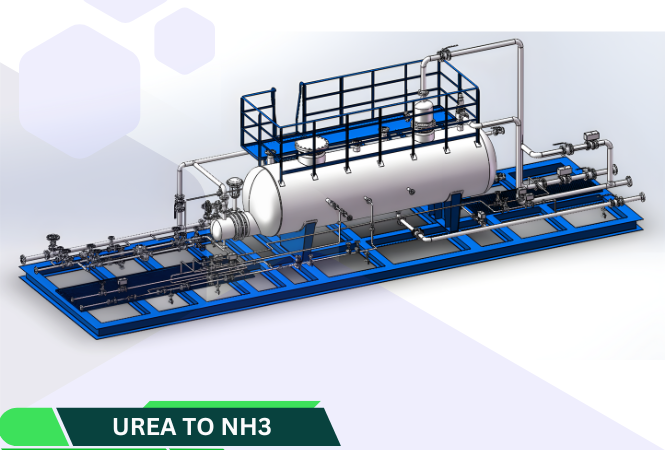POTASSIC FERTILIZER
Potassic fertilizer are classified broadly into chlorides and non- chlorides. The most important K containing materials. Wood ash, tobacco stems, wool waste, flue dust, by products from sugar and alcohol industry. Sea weed, sea water, K minerals, processed fertilizer like muriate and SO4 of potash and synthetic fertilizers.


Organic K fertilizer Sources
Wood ash: The burnt wood ash contains varying amounts at K2O from 5 to 25%.
Tobacco stem: Tobacco stem contains 4 to 10% K2O and 2 to 3% N. It is found to be a valuable conditioner and adds bulk to the fertilizer mixtures.
Wool waste: This 'suint' consists largely of K salts and contains 1.5 to 5.0 % K2O.
Flue dust: The steel, cement plant flue dust will have 3 to 18% K2O as CI, SO4 and CO3 of K.
Sea weeds: The Sea weeds ash is found to have more than 25% K2O.
Sea water: It contains 0.04 % K, 0.14% Mg, 0.05 % Ca and 1.14 % Na.
Potassic minerals
There are as many as 50 minerals that are fond to contain K but all of them are not economically important. The following are commercially used for the manufacture of potassic fertilizers.
Sylvinite - KCl - contains 63.1 % K2O
Carnallite _ KCl. MgCl2. 6 H2O - contains 17% K2O
Kainite - KCl. MgSO4. 3H2O - contains 18.9% K2O
Langbeinite - K2SO4. 2MgSO4 – contains 26.6% K2O
Polyhalite - K2SO4. MgSO4. 2CaSO4. 2H2O – contains 15% K2O
Potassium sulphate – K2SO4
K2SO4 is produced by reacting KCl with H2SO4 using 2.0 to 2.2 mols of KCl per mol of H2SO4 with stirring at from room temperature to 100 DEG C, and the resulting KHSO4 is reacted e.g. in a muffle furnace with unreacted KCl at 300 DEG to 400 DEG C. By this two- step process, overall reaction can be carried out at lower temperature and in shorter time, and long term continuous operation is possible.
KCl+H2 SO4 →KHSO4 +HCl
KCl+KHSO4 →K2SO4 +HCl
IMAGE
.png)

Muriate of potash (KCl)
KCl is commercially manufactured using any one of the minerals; 1. Sylvinite or sylvite and 2. Carnallite . There are two main steps involved in the manufacture of this fertilizer.
1. Mining of the K mineral
2. Separation of the main ingredient and purifying.
KCI SEPARATION
Grinding: The potassic ore, after mining and bringing over to the factory site, is ground to fine size and screened to get only the ore of required size.
Solutioning: The ore is dissolved in hot water and to that is added the NaCl solution (brine) for obtaining a mixture of KCl + NaCl. The temperature of the mixture is increased by which more and more of sylvinite will dissolve and the solubility of NaCl will stop after a stage. This is continued till a saturated solution of KCl is obtained.
Crystallization: The saturated solution containing both KCl and NaCl is suddenly cooled in a vacuum and the KCl separates out as crystals while NaCl remains in the solution.
Separation : Crystallized KCl can be separated out by mechanical means and it is dried, powdered and used. The above process is called the crystallization method and the principle involved is the differential solubility of KCl and NaCl in cold and hot solution. When KCl is mixed with NaCl it is much more soluble in hot water than in cold water, whereas NaCl is somewhat more soluble in cold water than in hot water. By increasing the temperature, therefore, the solubility of KCl increases while that of NaCl remains virtually constant.


Add paragraph text. Click “Edit Text” to update the font, size and more. To change and reuse text themes, go to Site Styles.
UREA TO AMMOUNIA
.png)
Add paragraph text. Click “Edit Text” to update the font, size and more. To change and reuse text themes, go to Site Styles.
WFF EVAPORATOR
.png)
Add paragraph text. Click “Edit Text” to update the font, size and more. To change and reuse text themes, go to Site Styles.
